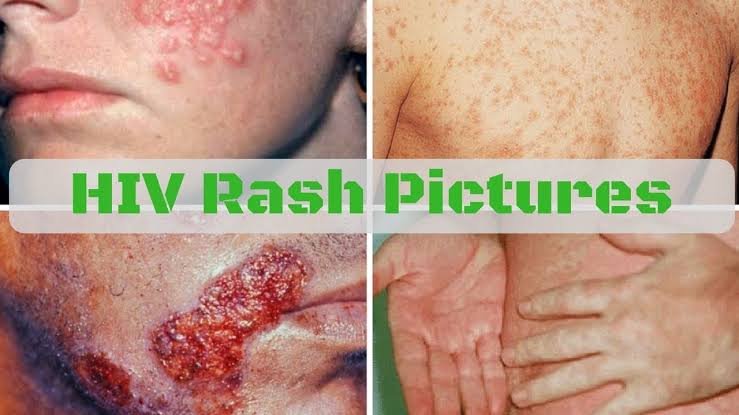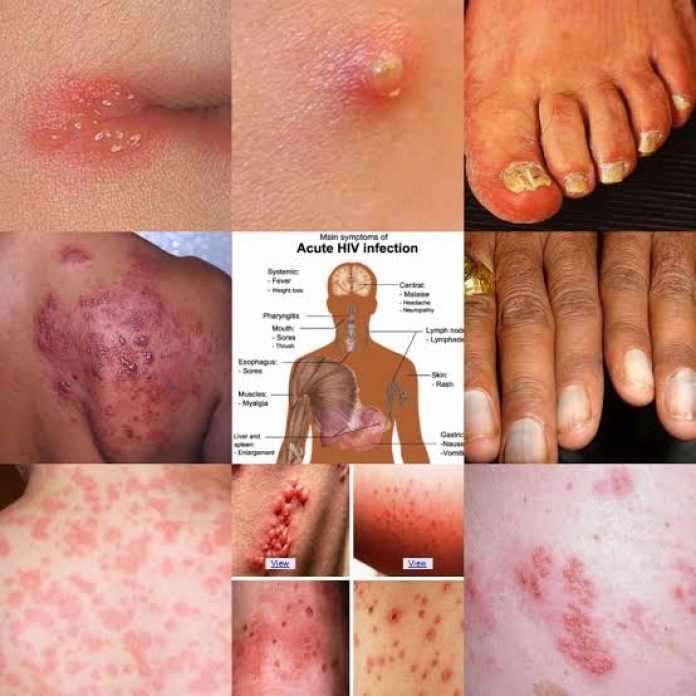Human Immunodeficiency Virus (HIV) is a virus spread through certain body fluids that attacks the body’s immune system, specifically the CD4 cells, often called T cells.
Over time, HIV can destroy so many of these cells that the body can’t fight off infections and disease. These special cells help the immune system fight off infections.
The early stage of HIV infection is usually accompanied with rashes. But not all rashes in the skin are HIV rashes. There are ways to different HIV rashes from other rashes.
According to Chris M. Matsko (2020), skin rash is a common symptom of HIV infections. It is an early indication in most cases and occurs within two to three weeks after you have contracted the virus.
However, skin rashes can be caused by other, less dangerous factors too, like an allergic reaction or a skin issue. When in doubt, you should go see your doctor and get tested for HIV. This will ensure you receive the correct treatment for your condition.

According to WHO fact sheet 2020, the ways to recognize the symptoms of an HIV Rash are:
1. Check for a rash that is red, slightly raised, and very itchy. HIV rash usually causes blotches and spots on the skin, red for people with fair skin and dark purplish for people with dark skin.
2. The severity of the rash varies from patient to patient. Some get a very severe rash that covers a large area, while others only have a minor rash.
3. Note if the rash appears on your shoulders, chest, face, upper body, and hands. This is usually where the HIV rash shows up on your body. However, the rash tends to disappear by itself within a few weeks. Some people mistake it for an allergic reaction or eczema.
4. HIV rash is not transmittable, so there is no risk of spreading HIV via this rash.
5. Pay attention to other symptoms that may occur when you have HIV rash. These include: Nausea and vomiting, mouth sores, Fever, Diarrhea, Muscle pain, Cramps and body aches, Enlargement of your glands, Blurred or hazy vision, loss of appetite, Joint pain, etc.
Be aware of the causes of HIV rash. This rash occurs due to the fall in the number of white blood cells (WBC) in your body.
HIV rash can occur at any stage of infection, but generally, you notice it two to three weeks after you have contracted the virus.




Very educative, please no cure yet?